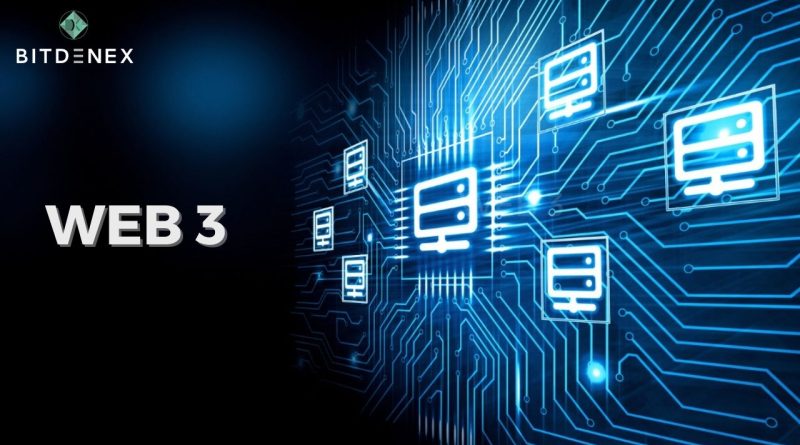What’s the Relationship Between Blockchain and Web3?
Blockchain and Web3 are related concepts in the field of digital technology. Blockchain is a decentralized and distributed ledger technology that allows for secure and transparent record-keeping of digital transactions. Web3 refers to the next generation of the internet, which aims to be more decentralized and user-centric, with an increased focus on privacy and security. Web3 is built on top of blockchain technology, using it to create a decentralized network for applications and services to run on. In other words, Web3 is a vision for the future of the internet that utilizes blockchain.
How is Web3 related to blockchain?
Web3 refers to the next generation of the internet that is being built on decentralized technologies like blockchain. The idea behind Web3 is to create a more open, transparent, and secure internet where data and digital assets are owned and controlled by the users, rather than centralized corporations or governments. Blockchain is the underlying technology that powers Web3, enabling secure and decentralized storage of data, as well as providing trust and transparency in online interactions and transactions.
How is Web3 different from Web2?
Web3 refers to the next evolution of the internet, characterized by the decentralized and distributed nature of its infrastructure and services. It aims to provide a more equitable, open, and secure web where users have more control over their data and online identity. In contrast, Web2 refers to the current internet era, dominated by centralized services such as social media platforms and search engines, which have led to data privacy and security concerns. Web3 is focused on building an infrastructure where users own and control their data, enabling new applications and use cases beyond what is possible on Web2.
Are blockchain and crypto essential for Web3?
Blockchain and cryptocurrency are seen as key components of Web3, a decentralized and more equitable vision for the internet. Web3 is a decentralized network that aims to replace the traditional centralized architecture of the internet with a more secure, transparent, and equitable system where users own and control their data.
Blockchain technology provides the necessary infrastructure for a decentralized network, enabling secure and transparent transactions, storage and sharing of data, and protection of privacy. Cryptocurrency serves as a medium of exchange, providing financial incentives for participants to secure and maintain the network.
However, it’s important to note that Web3 encompasses much more than just blockchain and crypto and that other technologies and trends, such as peer-to-peer networking and decentralized file storage also plays an important role in the Web3 vision.
How can companies prepare for a Web3 world?
To prepare for a Web3 world, companies can take the following steps:
- Educate themselves on the basics of decentralized technologies such as blockchain and distributed ledger technology.
- Explore how Web3 technologies can benefit their business model and create new opportunities.
- Experiment with decentralized applications (dApps) and participate in Web3 projects to gain hands-on experience.
- Build partnerships with Web3 developers and experts to stay up to date on the latest developments.
- Evaluate the potential impact of Web3 on their current business operations and make necessary adjustments.
- Consider integrating decentralized solutions into their existing infrastructure.
- Plan for a transition to Web3 by considering the technical and cultural changes required for adoption.
- Invest in research and development to stay ahead of the curve and take advantage of new opportunities as they arise.
It’s important to note that the Web3 ecosystem is still in its early stages of development and companies should be prepared for potential challenges and uncertainties as technology continue to evolve.
Buy and sell crypto in minutes with 0.20% trading fees at Bitdenex Exchange.

